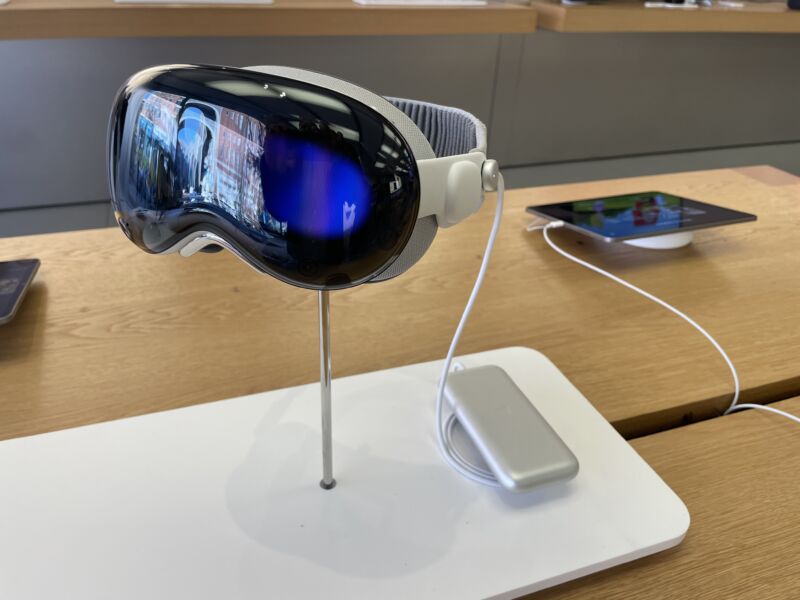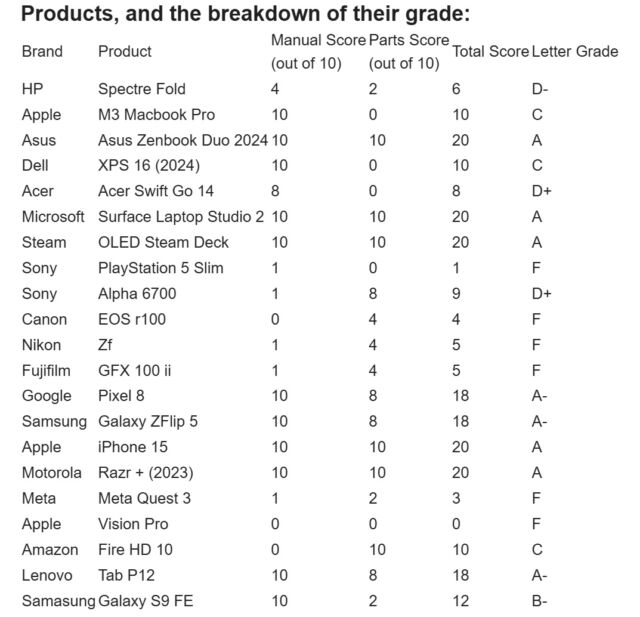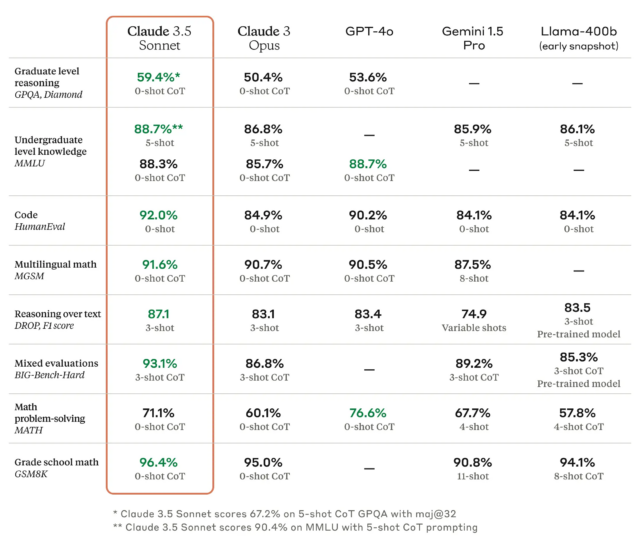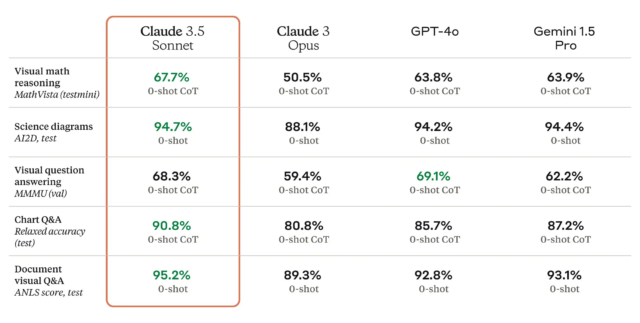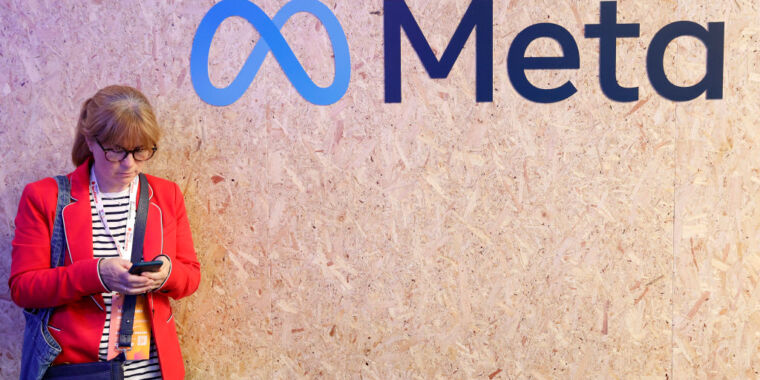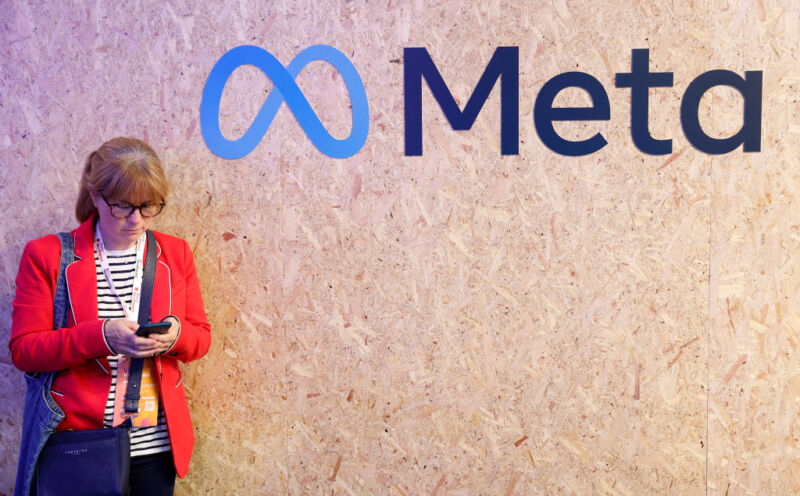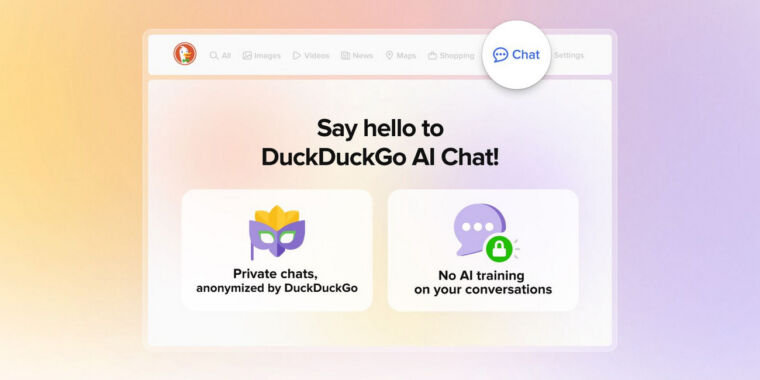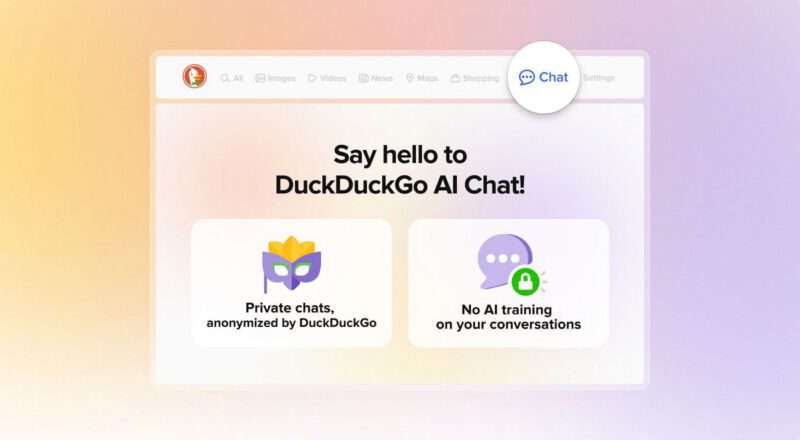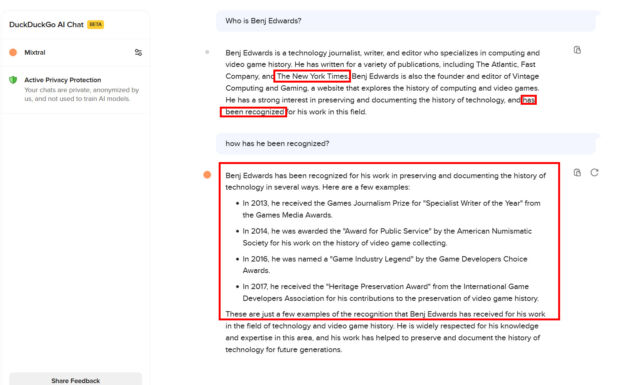Meta risks sanctions over “sneaky” ad-free plans confusing users, EU says
Under pressure —
Consumer laws may change Meta’s ad-free plans before EU’s digital crackdown does.
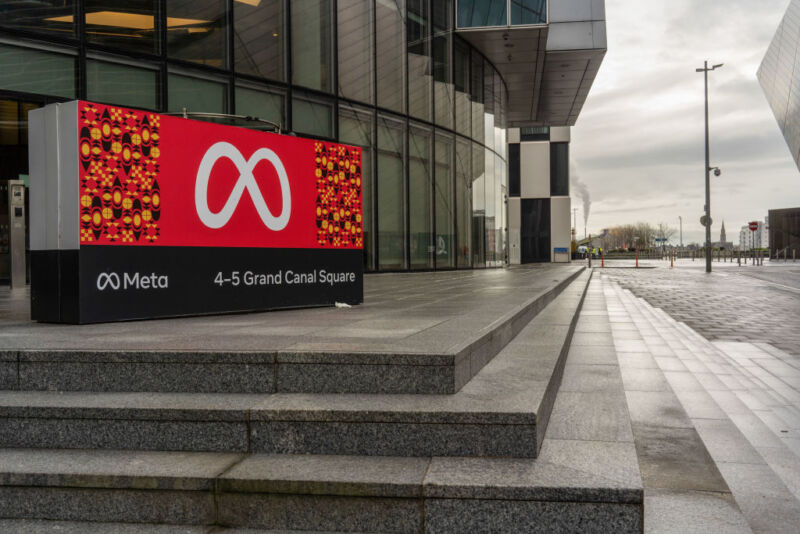
The European Commission (EC) has finally taken action to block Meta’s heavily criticized plan to charge a subscription fee to users who value privacy on its platforms.
Surprisingly, this step wasn’t taken under laws like the Digital Services Act (DSA), the Digital Markets Act (DMA), or the General Data Protection Regulation (GDPR).
Instead, the EC announced Monday that Meta risked sanctions under EU consumer laws if it could not resolve key concerns about Meta’s so-called “pay or consent” model.
Meta’s model is seemingly problematic, the commission said, because Meta “requested consumers overnight to either subscribe to use Facebook and Instagram against a fee or to consent to Meta’s use of their personal data to be shown personalized ads, allowing Meta to make revenue out of it.”
Because users were given such short notice, they may have been “exposed to undue pressure to choose rapidly between the two models, fearing that they would instantly lose access to their accounts and their network of contacts,” the EC said.
To protect consumers, the EC joined national consumer protection authorities, sending a letter to Meta requiring the tech giant to propose solutions to resolve the commission’s biggest concerns by September 1.
That Meta’s “pay or consent” model may be “misleading” is a top concern because it uses the term “free” for ad-based plans, even though Meta “can make revenue from using their personal data to show them personalized ads.” It seems that while Meta does not consider giving away personal information to be a cost to users, the EC’s commissioner for justice, Didier Reynders, apparently does.
“Consumers must not be lured into believing that they would either pay and not be shown any ads anymore, or receive a service for free, when, instead, they would agree that the company used their personal data to make revenue with ads,” Reynders said. “EU consumer protection law is clear in this respect. Traders must inform consumers upfront and in a fully transparent manner on how they use their personal data. This is a fundamental right that we will protect.”
Additionally, the EC is concerned that Meta users might be confused about how “to navigate through different screens in the Facebook/Instagram app or web-version and to click on hyperlinks directing them to different parts of the Terms of Service or Privacy Policy to find out how their preferences, personal data, and user-generated data will be used by Meta to show them personalized ads.” They may also find Meta’s “imprecise terms and language” confusing, such as Meta referring to “your info” instead of clearly referring to consumers’ “personal data.”
To resolve the EC’s concerns, Meta may have to give EU users more time to decide if they want to pay to subscribe or consent to personal data collection for targeted ads. Or Meta may have to take more drastic steps by altering language and screens used when securing consent to collect data or potentially even scrapping its “pay or consent” model entirely, as pressure in the EU mounts.
So far, Meta has defended its model against claims that it violates the DMA, the DSA, and the GDPR, and Meta’s spokesperson told Ars that Meta continues to defend the model while facing down the EC’s latest action.
“Subscriptions as an alternative to advertising are a well-established business model across many industries,” Meta’s spokesperson told Ars. “Subscription for no ads follows the direction of the highest court in Europe and we are confident it complies with European regulation.”
Meta’s model is “sneaky,” EC said
Since last year, the social media company has argued that its “subscription for no ads” model was “endorsed” by the highest court in Europe, the Court of Justice of the European Union (CJEU).
However, privacy advocates have noted that this alleged endorsement came following a CJEU case under the GDPR and was only presented as a hypothetical, rather than a formal part of the ruling, as Meta seems to interpret.
What the CJEU said was that “users must be free to refuse individually”—”in the context of” signing up for services—”to give their consent to particular data processing operations not necessary” for Meta to provide such services “without being obliged to refrain entirely from using the service.” That “means that those users are to be offered, if necessary for an appropriate fee, an equivalent alternative not accompanied by such data processing operations,” the CJEU said.
The nuance here may matter when it comes to Meta’s proposed solutions even if the EC accepts the CJEU’s suggestion of an acceptable alternative as setting some sort of legal precedent. Because the consumer protection authorities raised the action due to Meta suddenly changing the consent model for existing users—not “in the context of” signing up for services—Meta may struggle to persuade the EC that existing users weren’t misled and pressured into paying for a subscription or consenting to ads, given how fast Meta’s policy shifted.
Meta risks sanctions if a compromise can’t be reached, the EC said. Under the EU’s Unfair Contract Terms Directive, for example, Meta could be fined up to 4 percent of its annual turnover if consumer protection authorities are unsatisfied with Meta’s proposed solutions.
The EC’s vice president for values and transparency, Věra Jourová, provided a statement in the press release, calling Meta’s abrupt introduction of the “pay or consent” model “sneaky.”
“We are proud of our strong consumer protection laws which empower Europeans to have the right to be accurately informed about changes such as the one proposed by Meta,” Jourová said. “In the EU, consumers are able to make truly informed choices and we now take action to safeguard this right.”
Meta risks sanctions over “sneaky” ad-free plans confusing users, EU says Read More »




